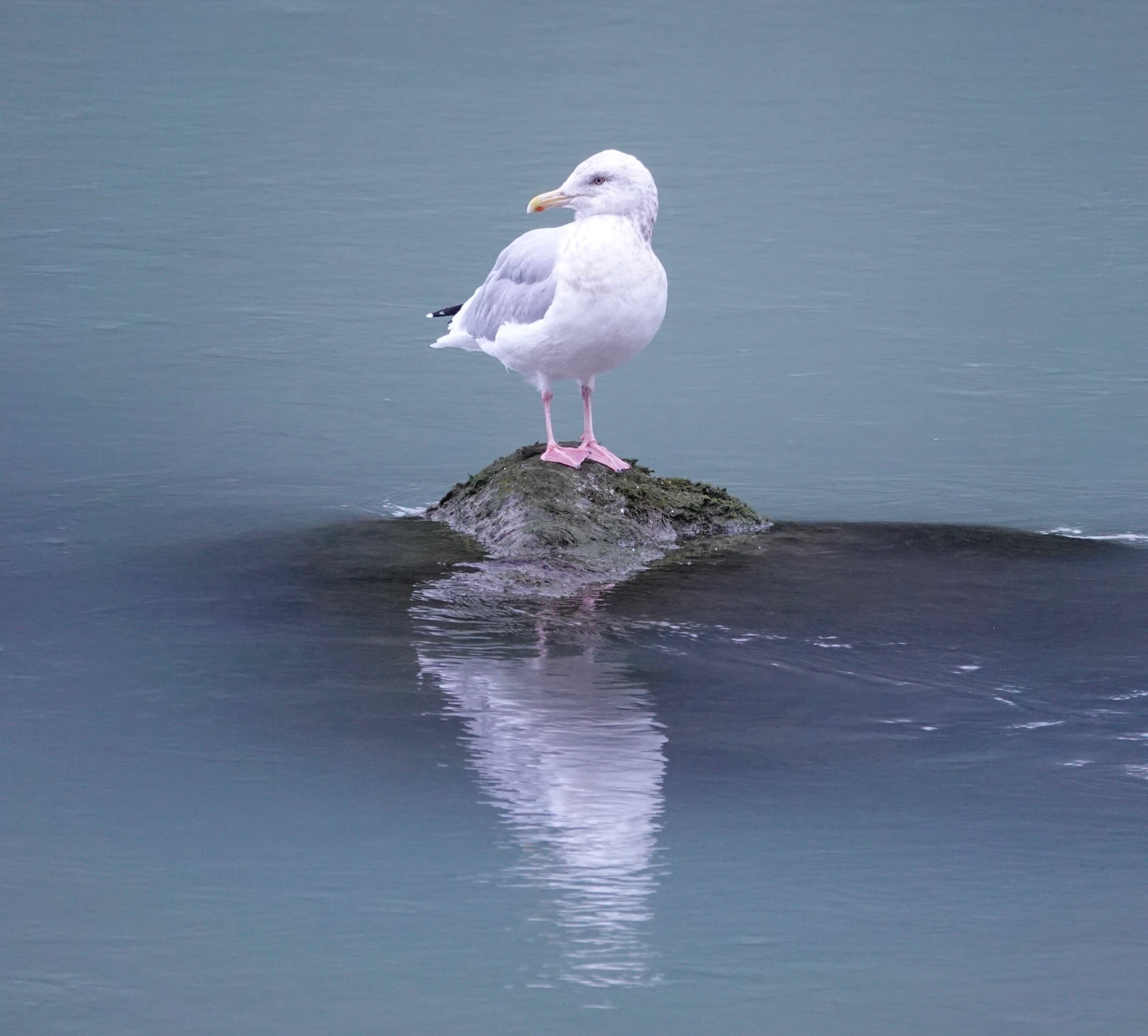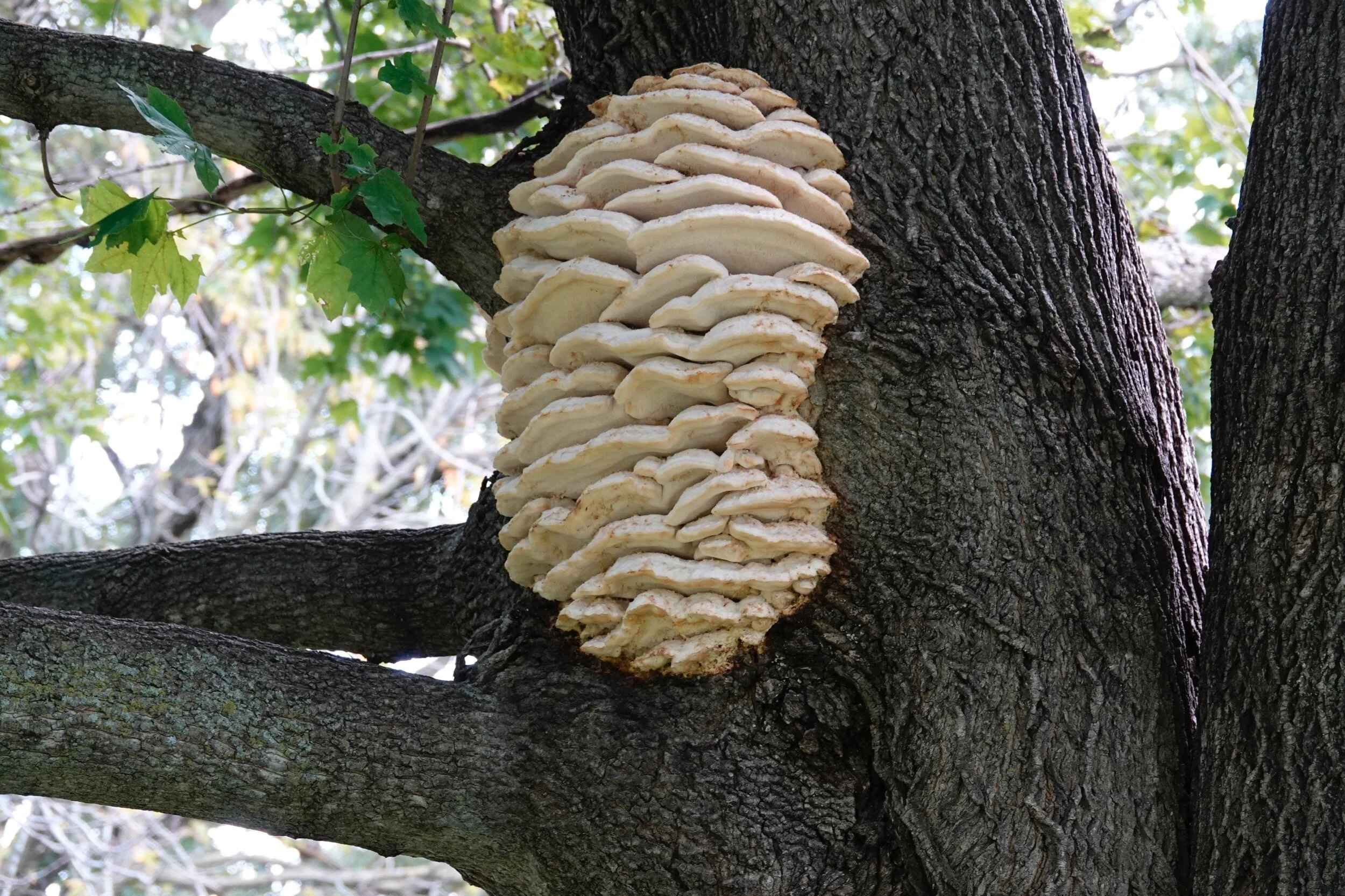Al Batt: Snow buntings common siGHT on roadways in winter
Published by rkramer@bluffco... on Mon, 12/09/2019 - 3:08pm
Echoes from the Loafers' Club Meeting
I thought I'd be wiser by the time I reached this age.
You must know something.
I know I should never underestimate winter.
It's how we roll
I used the necessary at a huge clinic. I noticed the toilet paper. I notice things like toilet paper because I've looked through an empty toilet paper tube and discovered land. There were two rolls of toilet paper at the service of those in need.
There are two ways to hang toilet paper: Over with the loose end draped over the top and under with the loose end hanging inside next to the wall. One of the rolls was over and one was under.
Unintended or was someone trying to please everyone? No matter, it's good to have choices. I wonder if it was 1-ply or 2-ply? Toilet paper is like many things. I don't care which way it hangs as long it's there. You never know what you have until it's gone.
A few days later, I received a survey from that clinic with a request for completion. If you leave your house, you're going to be asked to complete a survey. It's homework for grownups.
I read the survey twice; there wasn't a single question about toilet paper.
Aussie bites
I wolfed down a couple of Aussie bites for breakfast. I've heard them described as the offspring of an oatmeal cookie and a granola bar — packed with oats, nuts, seeds, berries, fruits, honey, vanilla, cloves, and anything an Australian might find while foraging in the bush. They’re chewy and sweet, but not too sweet.
Properly fueled, I walked through a heavy rain. I was a big drip, dripping rain. I carried no umbrella because I'm an adrenalin junkie.
I was unarmed when encountering those jousting knights armed with sharp umbrellas. The most dangerous of those were the people texting while walking and carrying an umbrella.
Nature notes
I walked by a talking oak. Its limbs moaned and groaned in the wind. A tufted titmouse visited my feeders. The weather changed for the worse. When the going gets tough, I hoped the tufted didn't get going.
Snow buntings flew up from a roadside field. They flew along with my car as if we were racing for pink slips. I’m glad we weren’t. My slow moseying would have resulted in snow buntings driving my car.
I wore a cap bearing the image of a Caspian tern, the largest tern in the world. The Caspian Sea is the Earth's largest inland body of water. I wore that cap as I watched goldeneyes in Alaska.
Ernest Hemingway wrote that the wings of this duck make the sound of ripping silk. It’s a wonderful time of year. An appreciation of nature means that presents aren’t just under a tree. They are over, on, in and around a tree.
Big Bird, the towering Sesame Street character is 8-foot-2-inches of yellow feathers. A black-capped chickadee is a bit smaller, with wing beats of about 27 times per second.
Naturally
The world had put on its winter coat — a heavy coat of snow. I drove through way too much snow (according to the National Weather Service) to get to an important meeting. We complain about the weather forecasts, but we should complain that they are too accurate.
Another attendee asked how my drive to town was. I told her that I'd seen a small flock of snow buntings. Those birds made the post-storm journey a delight.
Forty-two Canada geese flew over the yard in a lopsided V-formation, honk-a-lonking their way south. The bird feeders had been busy. If you fill your feeders, the birds will come before a storm.
A rooster pheasant flew from the yard. I heard him before I saw him. I was sorry to have bothered the handsome fellow. Male pheasants utter a series of loud, excited two-note calls when they flush. It's difficult to assign a precise meaning to these cackles.
Red oak, ironwood and buckthorn hang onto their leaves. Turkeys, deer and squirrels dig through the snow in search of acorns. The squirrels may be checking for cached nuts.
There was a Eurasian collared-dove, with a black collar on the back of its neck, under the feeders. This Eurasian species, approximately the size of a mourning dove, was accidentally introduced into the Bahamas in 1974 and was first sighted in Minnesota in 1998.
Q&A
"Are there are more than one kind of cattail in Minnesota?"
There are two — the common or broadleaf cattail and the narrow-leaved cattail, both found in shorelines of marshes, lakeshores, river backwaters, and road ditches. There is also a hybrid of those two species. Narrow-leaved cattail isn't native to Minnesota or the United States. It's a native of Canada.
The DNR says narrow-leaved cattail has a flower spike 4 to 8 inches long and 1/2 to 1 inch wide that looks like a hotdog on a stick. A broad-leaved cattail spike is 4 to 6 inches long and 1 to 2 inches wide that resembles a sausage on a stick.
"Why is nature usually called 'she'?"
Because even when angry, she is beautiful.
"How do birds decide who eats first at the feeders?"
They operate on a hierarchy called a pecking order. The idea of a pecking order came from studies conducted in the 1920s when Norwegian biologist Thorleif Schjelderup-Ebbe established that chickens had a dominance system.
He named it the "pecking order" after noting that chickens enforced their leadership by administrating a sharp peck of the beak to underlings whenever they got ideas above their station. Our feeder birds follow that same practice.
"There is an opossum in my yard. Should I worry about the animal having rabies?"
Any mammal can get rabies, but the chance of rabies occurring in an opossum is rare. It's thought that the opossum’s low body temperature makes it difficult for the virus to survive in the animal’s body.
Meeting adjourned
“Three things in human life are important: the first is to be kind; the second is to be kind; and the third is to be kind.” ― Henry James
Thanks for stopping by
"The sun, the darkness, the winds are all listening to what we have to say." —Geronimo
"We haven't yet learned how to stay human when assembled in masses." — Lewis Thomas,
Do good.
© Al Batt 2019
AL BATT/BLUFF COUNTRY READER An adult and an immature bald eagle. Eagles will often go after other animals' catches, such as osprey, instead of doing their own hunting.
AL BATT/BLUFF COUNTRY READER The Steller’s jay was discovered in Alaska in 1741 by Georg Steller. There are two variations of the Steller's jay, including coastal and interior, which both have different color variations.








































































